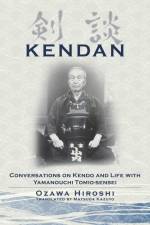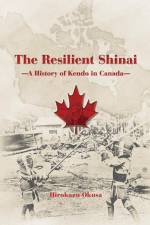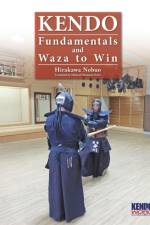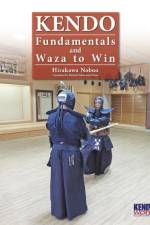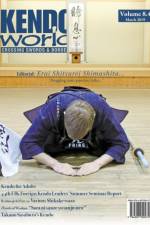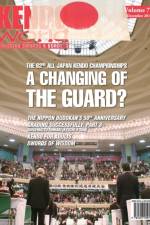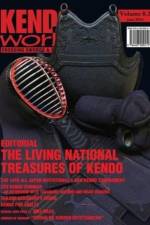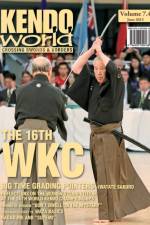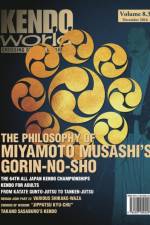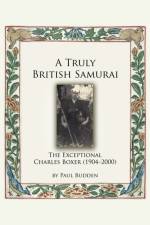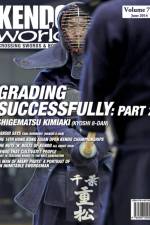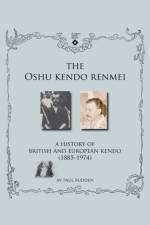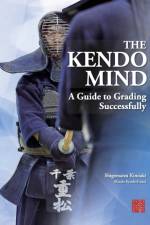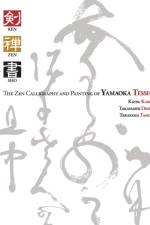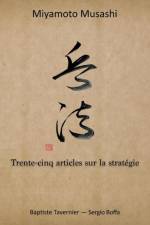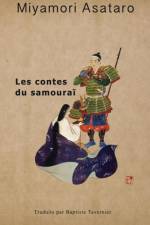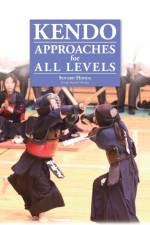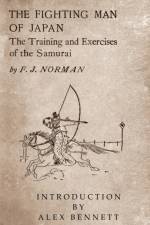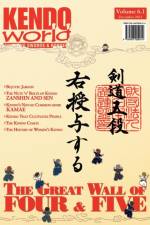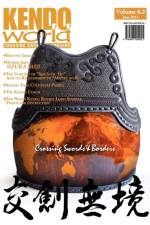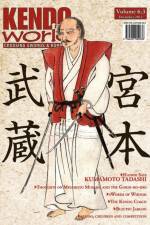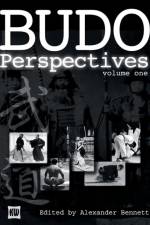359,-
EditorialBy Alex BennettWith the 16th WKC only a few months away, Alex Bennett ruminates on the behaviour of onlookers at large sporting events both in and out of the budo world-something that was an issue at the 15th WKC in Novara, Italy, in 2012. He outlines ideal behaviour for both spectator and competitors at future competitions. The 62nd All Japan Kendo Championships: A Changing of the Guard?By Michael Ishimatsu-PrimeThe 62nd AJKC on Monday November 3, 2014, was perhaps the most memorable in recent years. 21-year-old University of Tsukuba third-year student was victorious after a day of shocks and surprises to become the youngest ever AJKC champion. Michael Ishimatsu-Prime looks at the facts and figures behind this year's tournament.Nippon Budokan 50thAnniversaryBy Bryan Peterson2014 marks the 50th anniversary of the Nippon Budokan, built to host the judo competition at the 1964 Olympic Games in Tokyo. Bryan Peterson looks back at some of main events in the building's history. Grading Successfully: Part 3"Cultivating your own kendo philosophy" (continued from Kendo World 7.2)By Shigematsu Kimiaki, Kendo K8-danIn this final instalment, Shigematsu-sensei continues his discussion on "cultivating your own kendo philosophy" and how it relates to success in grading as well as life outside of the dojo. Shigetmatsu-sensei discusses seeking and learning, keiko on your own, disciplining your mind in your everyday life and the qualities of an instructor, among other topics.Kendo for Adults (NEW SERIES!)By Kendo Kyoshi 8-dan Hatano ToshioHatano Toshio-sensei was born in January 1945 in Musashi Murayama, Tokyo. After graduating from Kokushikan High School and Nihon University, he became a salaryman for a few years before establishing the Nanbud¿ Kend¿gu shop in 1971. He passed the 8-dan exam on his second attempt in 1994. He serves as an advisor for the West Tokyo Kendo Federation, and is Suruga University Kendo Club Shihan, Musashi Murayama City Kendo Federation president, and leader of the Kinry¿kan Dojo. "Most of the members are company workers. Along with my own training, I am constantly thinking of how I can help them improve their kendo. In this new series of articles, I will introduce various technical issues that can be addressed for mature kenshi..." Passing 7-dan: Reflections after the FactsBy Donatella Castelli"I passed 7-dan. I keep repeating it to myself, because I still fail to understand the consequences. I have been back to keiko, as usual, I and have been teaching and have been taught, so apparently nothing major has happened..." Well, something major did happen. In passing 7-dan, Donatella Castelli became the first European woman to obtain that grade. In this article she reflects on her journey to 7-dan and recounts some good advice that was useful in her success. Reidan Jichi Part 18: Waza BasicsBy Oya MinoruIn this instalment of "Reidan jichi", Oya-sensei begins discussing waza basics, focussing on shikake-waza, more specifically, destabilising the opponent's kamae and renzoku-waza. Japanese School Kendo and My Journey from Yokohama to the U.S.By Ko TabataIn this article, Ko Tabata, runner-up in the 2014 All United States Kendo Championships, explains the training regime at one of Japan's top high school kendo clubs, and his kendo journey from Yokohama to the U.S.etc. ... ....

